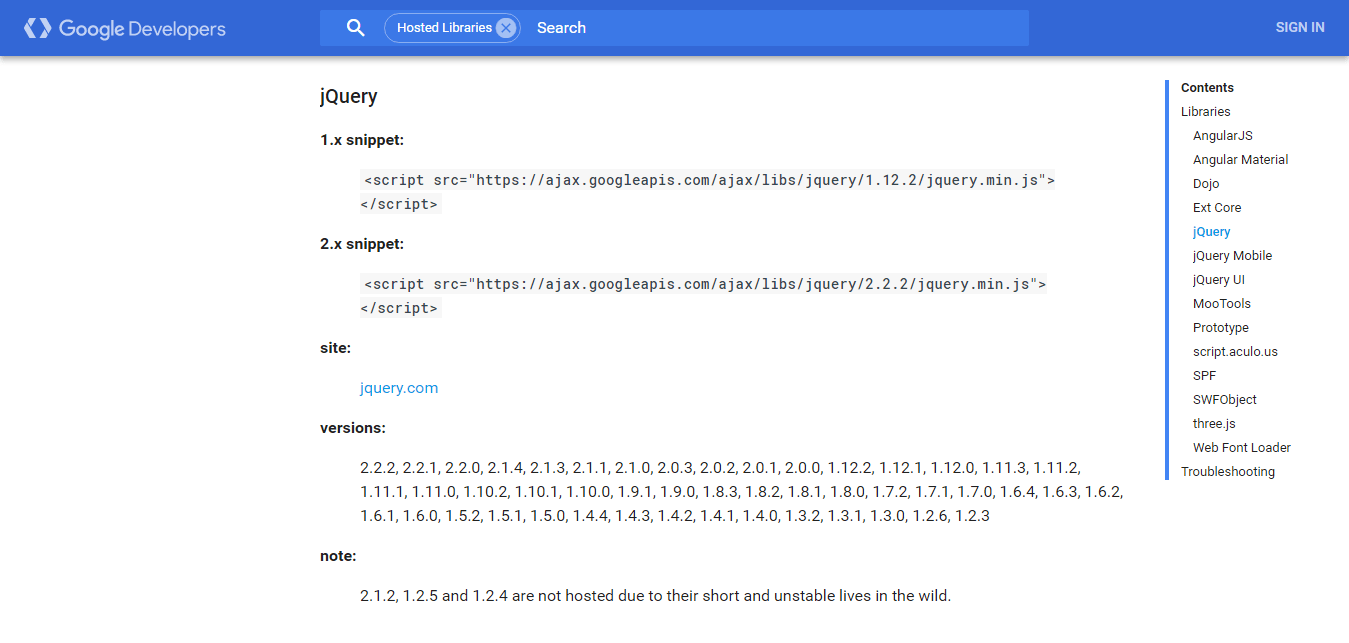If you’re reading this, you’ve probably followed an online W3 Total Cache install, setup and configuration tutorial that….uhhh… didn’t go so well. Here’s why.
If you’re reading this, you’ve probably followed an online W3 Total Cache install, setup and configuration tutorial that….uhhh… didn’t go so well. Here’s why.
W3TC (W3 Total Cache) is, we believe, so superior a caching solution as to be considered entirely in a class of its own. The problem, however, is that the thing’s a beast and the WordPress novice (and even most advanced WordPress users) don’t have a prayer of configuring the thing properly, let alone optimally.
“I’ll Google it! Google knows everything!”
And so, in an effort to find an answer, most people venture into the Human race’s modern day, bastion repository of all knowledge: They Google for a solution… they implement the solution… the website breaks.
“Damn”.
They Google again: “Surely this one will work.” … The website breaks.
Again, they Google: “Eureka!” — thus spake the roughly 10% of people who at this point find a W3TC configuration tutorial that doesn’t break something, cause some or another gremlin, or reveal some sort of waiting-in-the-wings, latent issue that rears itself a few days to weeks later. This, of course, is not to mention that the odds of winning the lottery are better than the odds that W3TC has actually been configured optimally (i.e. fully optimized) by use of x, y, z’s or a, b, c’s W3TC configuration tutorial.
And, as for the other 90% of people for whom no tutorial worked? — you’re on your own. (Or not).
Buy why? Why is setting-up W3 Total Cache so difficult? Why don’t these tutorials work? Why can’t someone, somewhere, just tell you which boxes to tick?
It’s All Relative
“…when one finds a configuration tutorial what one is actually reading are the settings that particular site and set up is using, not what will work for yours…”Your website is your website. It is unique. Your site has a certain server configuration; the host that it has; a particular theme; the plugins you’re using, some well coded others not so much; maybe you’re using a CDN; maybe you’re using CloudFlare; maybe you have permissions set a certain way; maybe….
The default settings for W3 Total Cache, completely unaltered, are as plug-and-play as this plugin gets. And those default settings are nowhere near a fully optimized scenario for any website. Ergo, when one finds a configuration tutorial what one is actually reading are the settings that particular site and set up is using, not what will work for yours and certainly not what constitutes a fully optimized W3TC configuration.
They Don’t Know What They’re Talking About
“…the vast majority of these W3TC tutorials are simply incorrect as regards what the plugin is, does, and how it actually works….”While most of the writers of these tutorials likely mean well, a significant portion of Page 1 and 2 SERPs results for keywords such as ‘how to set up W3TC’ (and the like) are — at best — throwing out some effective link bait, on which Google has clearly bitten. The fact of the matter is that there is no, one “best” or “ideal” or “ultimate” cookie-cutter W3 Total Cache setup or configuration.
But what it more, is that the vast majority of these W3TC tutorials are simply incorrect as regards what the plugin is, does, and how it actually works. One popular W3TC set up how-to tells people to not worry about combining .min scripts and styles “because they are already optimized”. Which is, of course, not only a general misapprehension of what optimization is and how it is done, but a particular misapprehension of the importance of minimizing HTTP requests for faster page loads.
Another popular W3TC setup tutorial tells its readers that Page Caching via APC is the best page caching configuration option, when in reality it almost never is as this initiates an additional PHP call for every page load, thereby becoming the impetus for a cascade of problems on dynamic sites.
And still another popular tutorial states that the “Auto” minify option in W3TC will work for almost all websites, when the exact opposite of this is true. Which brings us to perhaps the most problematic aspect of these tutorials…
The Great Minify Debacle
“Here’s Our W3TC Setup. Nothing Broke. Try it and Best of Luck Tooya.”Ahhhh minification. To be great is to be misunderstood. As one of the most advanced features within W3TC, it is also the most confusing for most people, and — very generally speaking — the feature with which most people begin to lose their mind and ultimately throw their hands up in defeat after the most noble of efforts.
These W3TC setup and configuration tutorials are usually not only not helping, they are leading people down a path that leads to one of two places: Immediate website breakage; or, eventual website breakage. In any event, however, how (if at all) your website’s CSS and .JS files should be combined, minified, combined and minified, or where in your site’s source they should be placed for the most optimized scenario across a range of end-users and devices is, as implied above, entirely relative to your website and setup. Therefore, it is literally impossible for anyone, anywhere, to type-up a W3TC setup guide that will provide your website with a fully optimized scenario.
A significant percentage of our clients come to us with the primary aim of getting W3TC properly (which is to say optimally) configured. Upon examination of how they had set up the Minify option, a common denominator appears nearly every time: Dependency issues arising from the order of styles and scripts within a combined file or files. None of the popular tutorials one will find online mention that files even can be combined in W3TC, which of course means that none of them address dependency issues arising from the order of styles and scripts within a combined file, or, combined file placement within one’s source code.
In a sense, it’s not the fault of these tutorials authors. They simply don’t understand W3TC. That said, and by that fact alone, they should, as a matter of basic decency, say as much in their blog post; and, immediately change the title of their “ultimate best ideal” W3TC set up guide to something along the lines of, “Here’s Our W3TC Setup. Nothing Broke. Try it and Best of Luck Tooya.”

Have a question or a comment about W3TC setup or configuration? Let us know below!
RECENT POSTS







Comments 1
Omg this is hilarious. It also succinctly describes my own experience with *many other* plugins as well. Just call me one of the Great Misunderstanders out there… And that’s it, I’m taking your Speed Op course sometime soon.